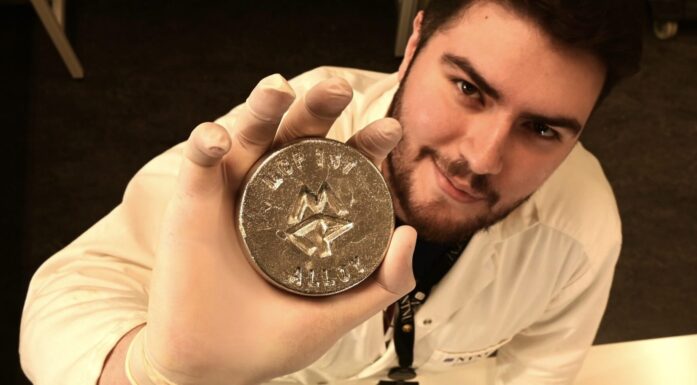Businesses stand to benefit from sustainable restructuring
Is it profitable for a company to switch to sustainable production? Researchers conclude that it probably often is.
The Earth is populated by an increasing number of people who demand more and more products, which is just not viable in the long run. Our planet does not have unlimited resources. Emissions are harming the environment in various ways.
More companies are thus needing to switch to more sustainable production, sometimes due to pressure from consumers, but often resulting from new rules imposed by the authorities.
But this kind of change can’t ever pay off – or can it?
Majority show positive effect
A new study by a research group from NTNU has reviewed 100 articles on how sustainably oriented innovation affects companies’ competitiveness.
“The majority of the studies find that sustainable innovation has a positive effect on company competitiveness,” says PhD candidate Fanny Hermundsdottir in the academic group for Strategy and Business Development in the Department of Industrial Economics and Technology Management.
This majority is solid.
- 64 of the 100 articles concluded that sustainable innovation has a positive effect.
- 29 of the articles showed mixed results – negative, positive and neutral.
- 5 of the articles offered no conclusion.
- 2 of the articles found negative effects.
The new NTNU study includes the results of many different studies, which use several distinct methods to measure sustainability and profitability. The answer is largely the same across the board: innovation and sustainability often pay off.
But innovation and development cost money and people. How are these results possible?
Customers want it
According to PhD student Hermundsdottir, the positive effects are not wishful thinking. “Innovation often results in increased value creation, reduced costs and other benefits,” she says.
“The sustainable shift opens up countless new business opportunities that companies can benefit from tremendously.”
Arild Aspelund, a professor in the Department of Industrial Economics and Technology Management, says the number of customers who are willing to pay extra for sustainability is growing. “We’re seeing this in the corporate market where sustainability is now usually a purchasing criterion that reduces the one-sided focus on price,” he says.
The article reviews 188 different connections between sustainable innovation and value creation. Of these, 120 have positive effects. Only 14 are negative.
“Sure, we can discuss the validity of the finding that sustainability is profitable. However, this study shows that a lot of empirical research suggests just that. If we consider the opposite hypothesis, that sustainability only entails increased costs, then we find very little empirical research out there to support that claim,” Aspelund says.
Lots to save and earn
New thinking can lead to raw materials being utilized more efficiently, for example. At the same time, it can lead to the company using less energy, petroleum and water, or using smaller land areas to produce the same amount of products.
A thorough review of production processes can in any case lead to more cost-effective methods. Maybe the company can use other more environmentally friendly – or even recycled – materials, or it figures out how to use less packaging.
The changes, along with the new status as a more environmentally friendly company, can also open up new markets among environmentally conscious customers.

A thorough review of the production process can lead to new, more cost-effective methods. Illustration: Shutterstock, NTB
Aspelund points out that more and more consumers are willing to pay extra for sustainable products and services.
“This value is especially prevalent among young consumers, and is spreading really quickly. So in that sense, the results aren’t surprising,” he says.
You might also like: 110 years of engineers who built Norway
Maybe no choice
In addition to the fact that innovation quite simply can be profitable in the long run, companies may not have any other choice when the authorities impose new requirements on them, such as for cleaning or recycling. Then be ahead of the competition might be the profitable option.
“Traditionally, companies have seen restructuring towards sustainability as a financial burden. But our findings indicate that this traditional view isn’t true. So the question is no longer whether sustainable innovation pays off, but rather how innovation can take place in the best possible way,” says Hermundsdottir.
Admittedly, results will differ a lot from company to company, which the background material also indicates. National, market, industrial and business factors have a major impact on the results. The connections are also very complicated, and what works for some will not necessarily work for others.
Reference: Fanny Hermundsdottir, Arild Aspelund. Sustainability innovations and firm competitiveness: A review. Journal of Cleaner Production. Available online 19 October 2020. https://doi.org/10.1016/j.jclepro.2020.124715







